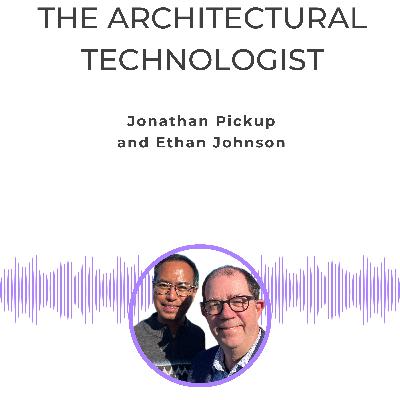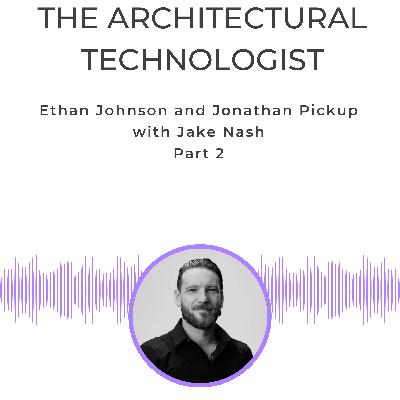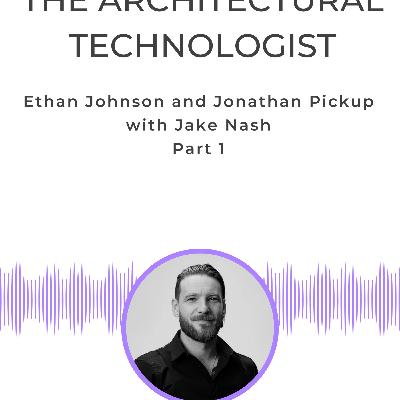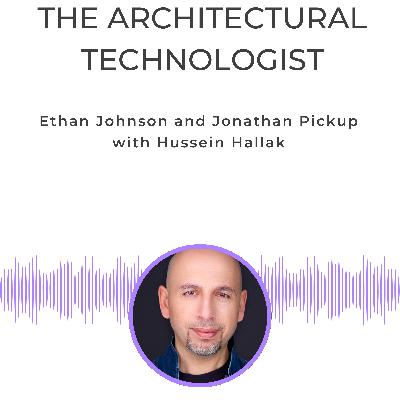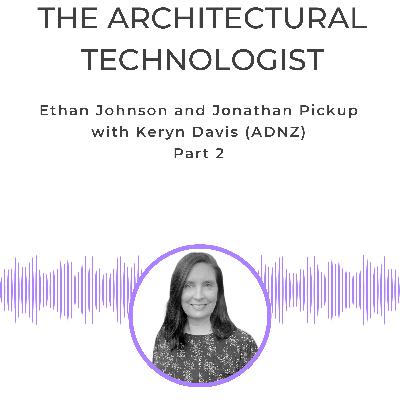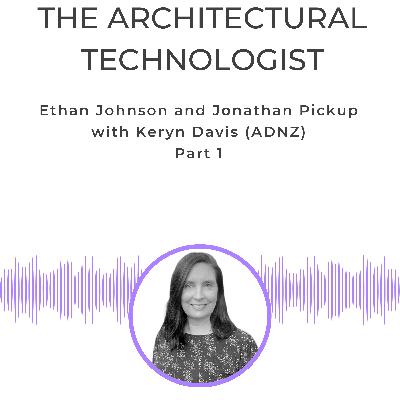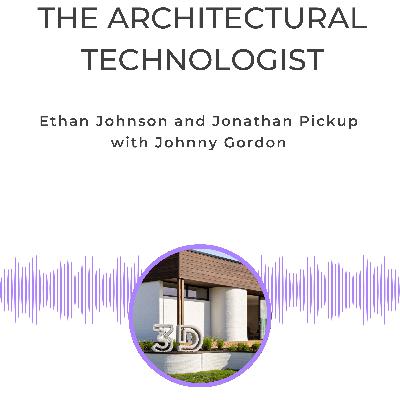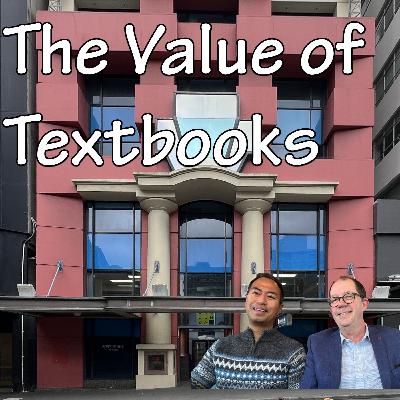Students Like BIM But The Learning Curve is Steep
Description
In this enlightening episode, Jonathan and Ethan delve into the insights from a recent research article on the acceptance and learning experiences of Building Information Modeling (BIM) among students at Australian universities. The conversation sheds light on the technological acceptance model that evaluates student responses to BIM as a tool for infrastructure design and management. With an impressive survey response rate, the discussion emphasizes how future professionals, especially civil engineering and construction management students, perceive the integration of BIM as a productivity-enhancing asset.
The episode is packed with intriguing findings about the learning curve of BIM software and the distinct perspectives from varying educational backgrounds, such as civil engineering, construction management, and architecture. Jonathan and Ethan discuss the imbalanced distribution of the survey among students and explore the implications of this on the research findings. The conversation touches upon the nuances of teaching BIM at the university level and the challenges students face in correlating practical knowledge with BIM software capabilities. They highlight the potential improvements for educational frameworks to better prepare students for the industry.
BIM technology is perceived as highly productive, with 93% of respondents acknowledging its benefits, but there remains a challenge in bridging the learning gap.
A substantial disparity exists between students who will benefit from BIM and those tasked with creating intricate models, such as architecture students.
The research underscores a positive attitude towards BIM despite its steep learning curve, suggesting future enthusiasm for its applications in industry.
Survey results show an uneven distribution of responses among different disciplines, highlighting the necessity for targeted research methodologies in future studies.
Integrating more exploratory qualitative research and enhancing educational resources are recommended to address industry competency gaps and prepare students effectively.
Links:
https://www.mdpi.com/2075-5309/15/11/1804

